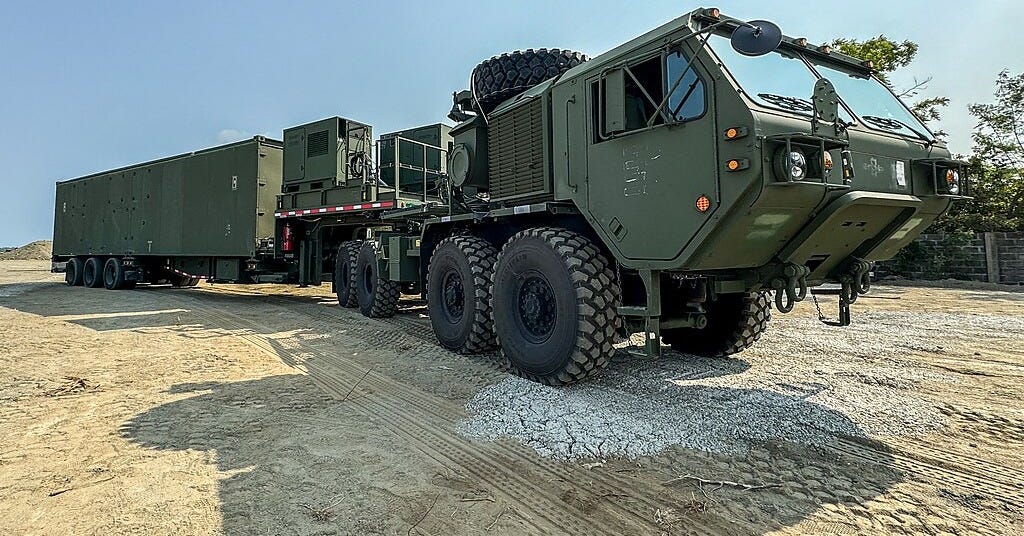Missiles in Japan: U.S. Typhon System Raises the Stakes with China
A new missile deployment deepens the East Asian arms race and tests deterrence.
The United States has deployed its new Typhon intermediate-range missile system in Japan, marking a historic escalation in East Asia’s military balance. The system, capable of firing both cruise and ballistic missiles, can reach deep into China’s mainland. Its deployment during joint U.S.-Japan drills signals Washington’s intent to tighten the military noose around Beijing.
Image: A Typhon missile system in the Philippines for the Salaknib 2024 exercise
For Tokyo, hosting the system reflects a profound shift. Long restrained by constitutional pacifism, Japan is now embracing a more assertive defense posture. For Beijing, the Typhon system represents a direct threat to deterrence, one that could neutralize China’s missile advantage in the region.
The move comes amid rising tensions in the Taiwan Strait and the South China Sea. Already, Chinese warships shadow U.S. and Japanese vessels, while air incursions across the Taiwan Strait’s median line have become routine. The arrival of Typhon makes the standoff more brittle: a weapon designed for deterrence could, in a crisis, be perceived as a first-strike capability.
Our Take: The Typhon deployment deepens East Asia’s arms race. The thin red line is whether it serves as a stabilizing deterrent—or tips the region into a cycle where each side fears the other might strike first.

